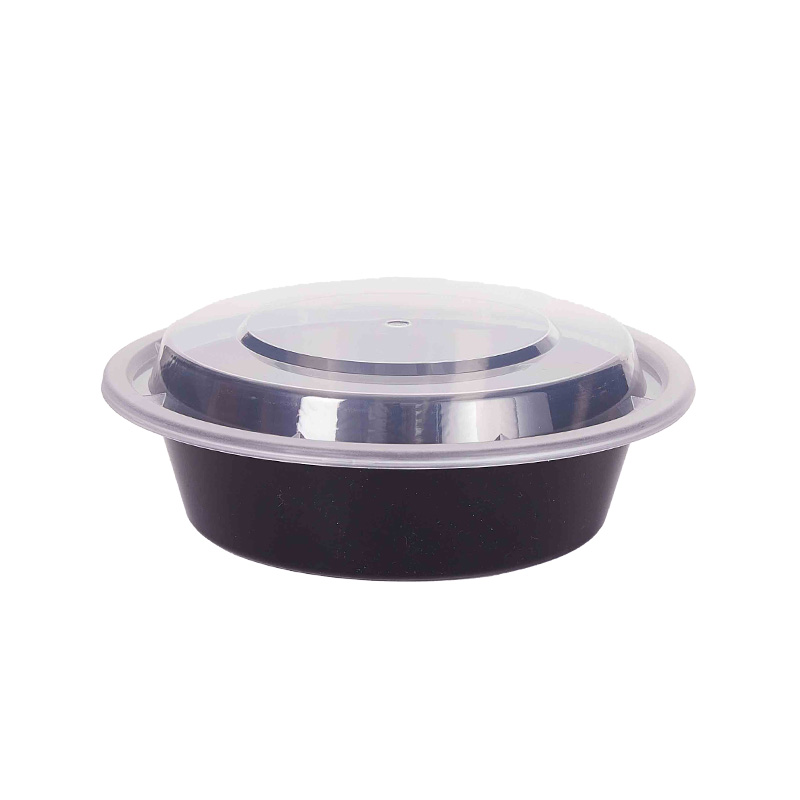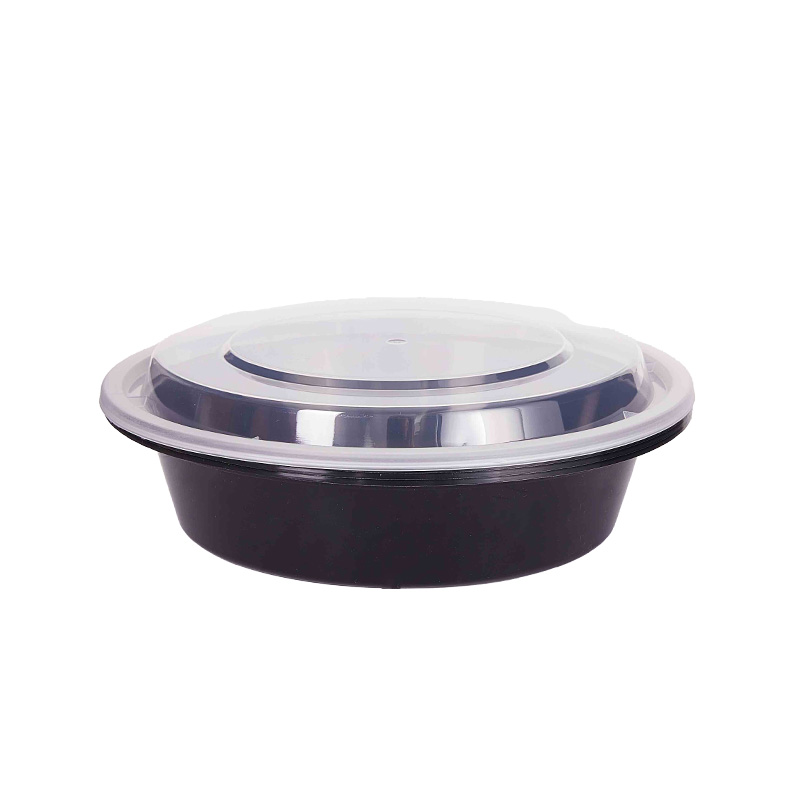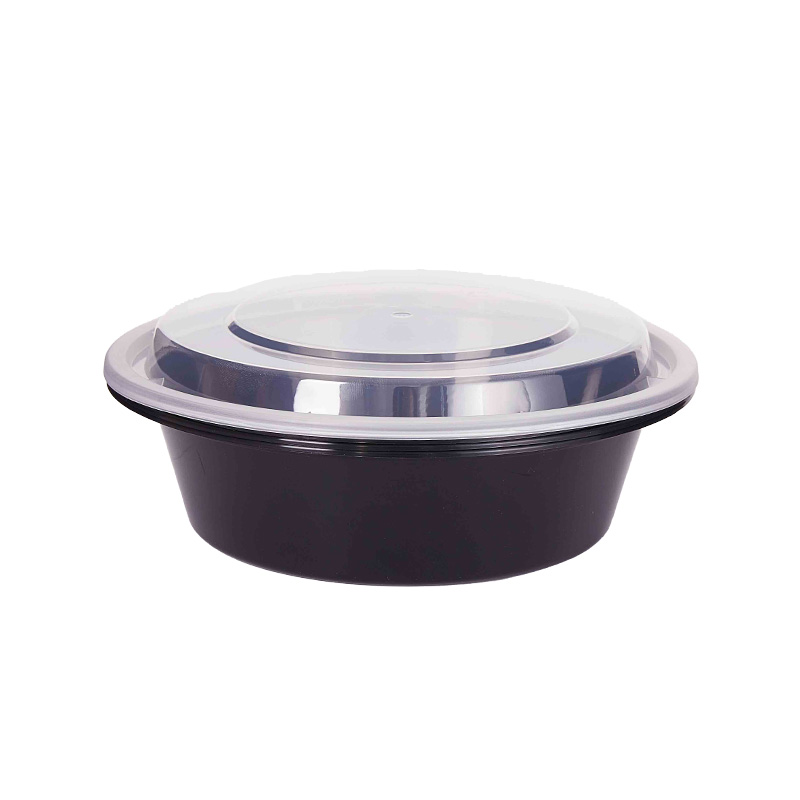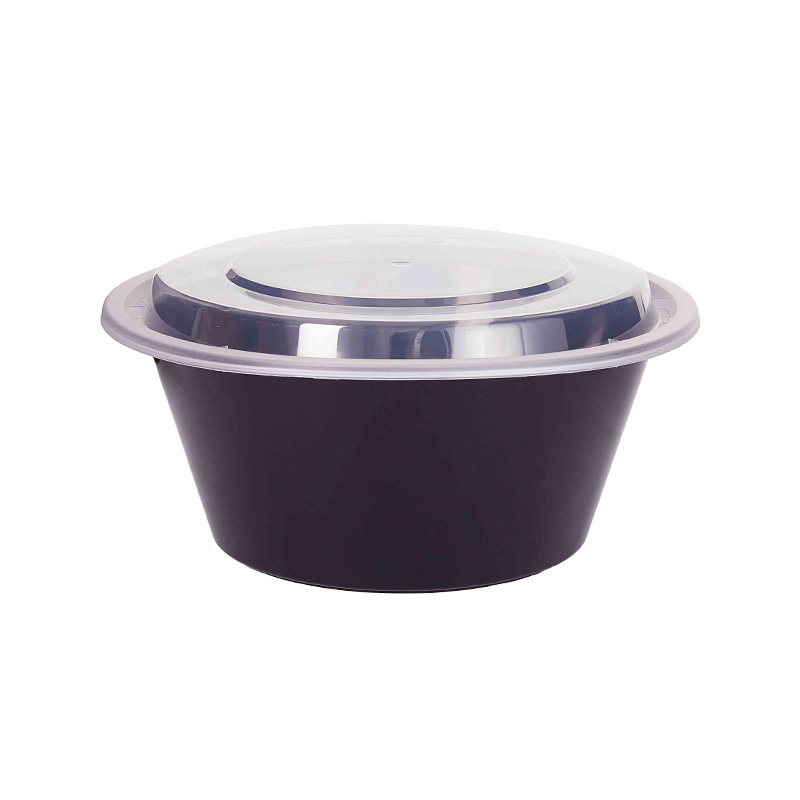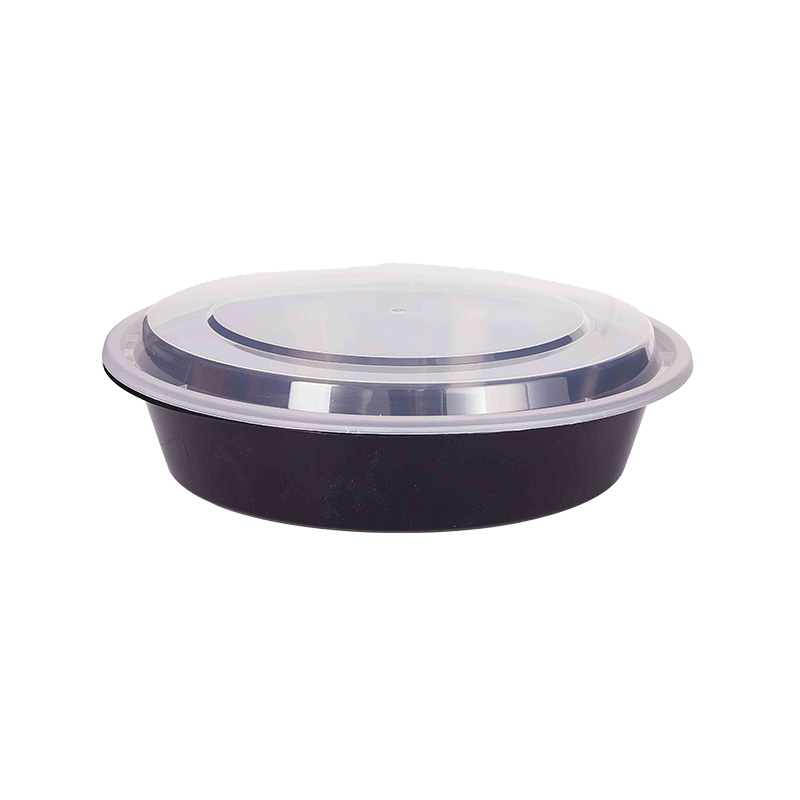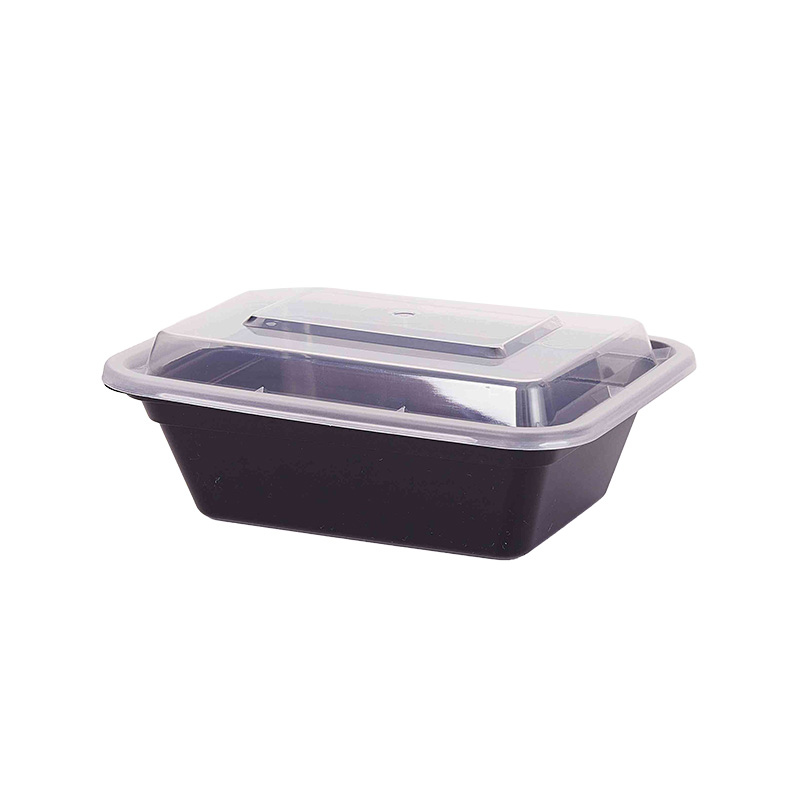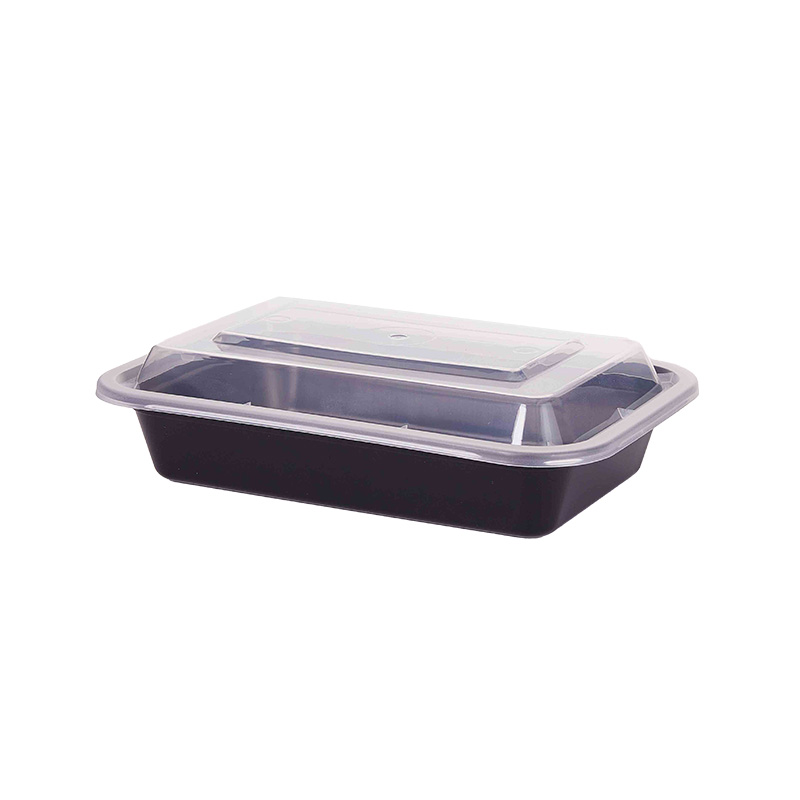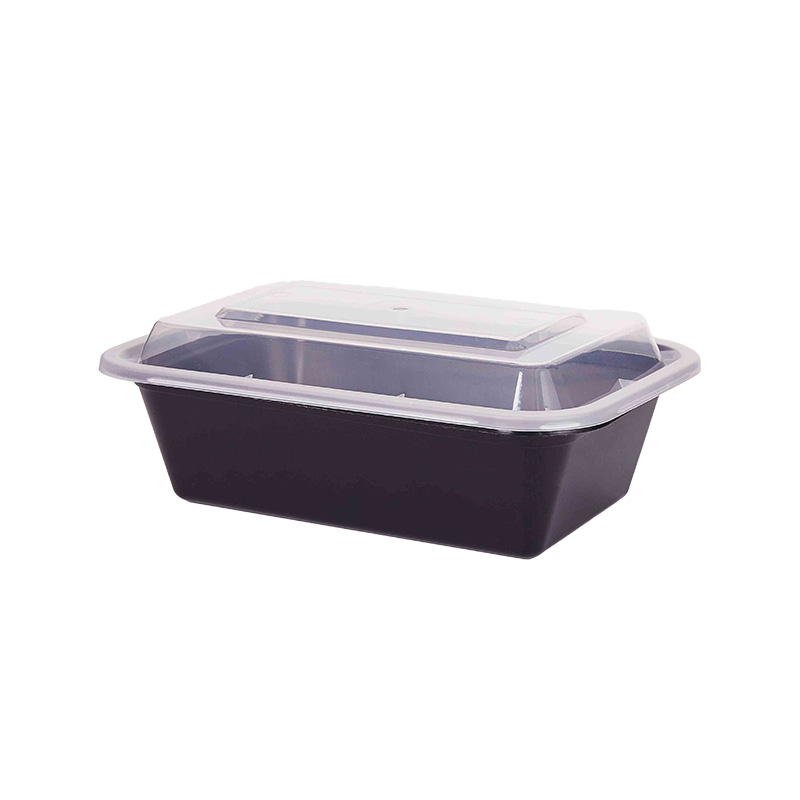The environmental impact of disposable lunch boxes, particularly those made from plastic, is a matter of growing concern due to their widespread use and the challenges posed by single-use plastics.
Manufacturing Process:
Resource Consumption: The production of disposable plastic lunch boxes typically relies on the extraction of non-renewable fossil fuels like petroleum. This resource-intensive process consumes significant energy and contributes to greenhouse gas emissions.
Chemical Use: The manufacturing process often involves the use of chemicals, including dyes, plasticizers, and stabilizers, which can have environmental and health implications.
Transportation:
Distribution: Disposable lunch boxes are distributed to various retailers, restaurants, and food service providers. The transportation of these products over long distances can result in additional energy consumption and greenhouse gas emissions, contributing to air pollution.
Single-Use and Waste Generation:
Short Lifespan: Disposable lunch boxes have a very short lifespan, typically being used only once before being discarded. This disposability contributes to the generation of significant amounts of waste.
Landfill Accumulation: Many disposable lunch boxes end up in landfills, where they can take hundreds of years to decompose fully. Their presence in landfills contributes to the overcrowding and limited capacity of waste disposal sites.
Ocean Pollution: Improperly discarded or littered plastic lunch boxes can find their way into rivers and oceans, contributing to plastic pollution in aquatic ecosystems. This pollution poses threats to marine life and ecosystems.
Environmental Degradation:
Microplastics: As plastic lunch boxes break down in the environment, they can degrade into smaller particles called microplastics. These microplastics can enter the food chain, potentially harming wildlife and ecosystems.
Habitat Disruption: The manufacturing and disposal of plastic lunch boxes can lead to habitat disruption and degradation, affecting local ecosystems and wildlife.
Carbon Footprint:
Greenhouse Gas Emissions: The entire life cycle of disposable lunch boxes, from manufacturing to transportation to disposal, contributes to greenhouse gas emissions. These emissions play a role in climate change and its associated impacts.

 English
English Español
Español
